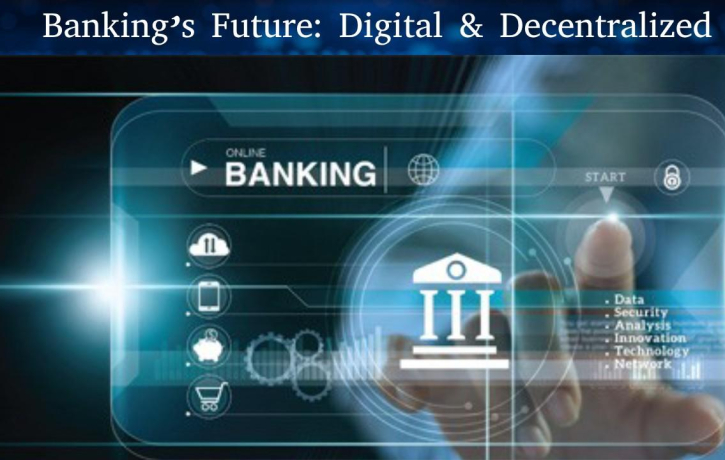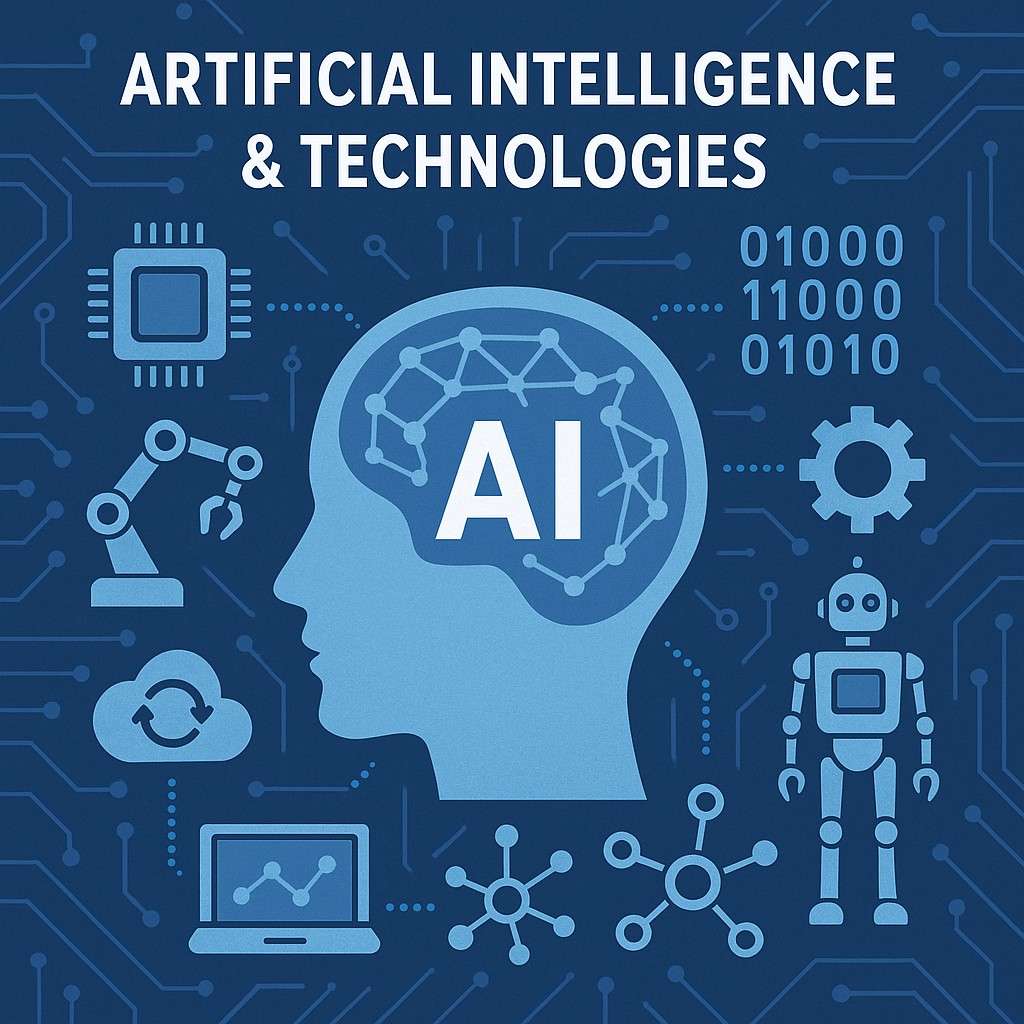The Future of Banking: Digitalization and Decentralization
Banking’s Future: Digital & Decentralized The banking industry is undergoing a profound transformation driven by two powerful forces: digitalization and decentralization. These trends are reshaping how financial services are delivered, making banking more accessible, efficient, and secure.
Digitalization: Revolutionizing Access and Experience
Banking’s Future: Digital & Decentralized has revolutionized banking by enabling seamless, 24/7 access to financial services. Mobile banking apps, online platforms, and AI-powered customer service are now the norm, replacing traditional branch visits. This shift not only enhances convenience but also reduces operational costs for banks.
Moreover, digital tools enable personalized financial products through data analytics and machine learning. Customers benefit from tailored advice, smarter budgeting, and real-time transaction monitoring, improving financial health and decision-making.
Decentralization: Empowering Users with Blockchain
Parallel to digitalization is the rise of decentralization, primarily driven by blockchain technology. Unlike traditional banking systems controlled by central authorities, decentralized finance (DeFi) platforms operate on peer-to-peer networks. This opens new possibilities such as transparent, faster, and often cheaper transactions without intermediaries.
Cryptocurrencies and smart contracts are examples of decentralization disrupting traditional banking. They provide greater control over assets and create financial services accessible to the unbanked or underbanked populations worldwide.
Challenges and the Road Ahead
Despite their promise, digitalization and decentralization pose challenges. Security concerns, regulatory uncertainties, and technology adoption gaps must be addressed to build trust and ensure compliance.
Banks that adapt by integrating digital tools and exploring decentralized solutions are likely to thrive. The future of banking will be a hybrid model blending the efficiency of digital platforms with the transparency and empowerment of decentralized finance.
Banking’s Future: Digital & Decentralized. In conclusion, the future of banking is undeniably digital and decentralized, ushering in an era of inclusive, innovative, and customer-centric financial services.
1. Digitalization: The Backbone of Modern Banking
Digitalization refers to the integration of digital technologies into all areas of banking operations and customer interaction. It encompasses:
Key Features:
-
24/7 Online & Mobile Banking: Customers no longer need to visit physical branches. Banking apps and websites offer seamless access to accounts, payments, loans, and investments anytime, anywhere.
-
Artificial Intelligence & Machine Learning: AI-driven chatbots, robo-advisors, fraud detection, and personalized financial recommendations enhance customer experience and security.
-
Data Analytics: Banks leverage customer data to tailor products, predict trends, and optimize risk management.
-
Automation: Routine tasks such as loan processing, compliance checks, and customer onboarding are automated to reduce errors and costs.
Benefits:
-
Convenience & Speed: Immediate transactions and real-time updates.
-
Cost Reduction: Less reliance on physical infrastructure.
-
Personalization: Customized financial solutions based on individual behavior.
-
Financial Inclusion: Digital services can reach unbanked and underserved populations via smartphones.
2. Decentralization: The Rise of Blockchain and DeFi
Decentralization challenges the traditional centralized model where banks act as intermediaries controlling money flow and trust. Instead, decentralization distributes authority across a network of participants.
Core Components:
-
Blockchain Technology: A decentralized, immutable ledger that records transactions transparently and securely.
-
Cryptocurrencies: Digital currencies like Bitcoin and Ethereum operate independently of central banks.
-
Smart Contracts: Self-executing contracts with code that automatically enforces terms.
-
Decentralized Finance (DeFi): A rapidly growing ecosystem of financial products (loans, trading, savings) operating without traditional banks.
Advantages:
-
Transparency: Every transaction is verifiable on the blockchain.
-
Reduced Intermediaries: Lower fees and faster settlement times.
-
Access & Inclusion: DeFi opens banking to anyone with an internet connection.
-
Security: Cryptographic security reduces fraud and censorship.
3. Challenges and Risks
While the future is promising, both digitalization and decentralization face hurdles:
-
Security Threats: Cyberattacks and data breaches remain a concern.
-
Regulatory Uncertainty: Governments worldwide are still developing frameworks for cryptocurrencies and DeFi.
-
Technology Adoption: Digital literacy and infrastructure gaps can exclude certain demographics.
-
Scalability Issues: Blockchain networks sometimes struggle with processing large transaction volumes quickly.
-
Privacy Concerns: Managing customer data securely and ethically is paramount.
4. The Road Ahead: A Hybrid Banking Model
The future of banking will likely blend the best of both worlds:
-
Traditional banks will integrate digital tools such as AI and cloud computing to optimize services.
-
They will also explore decentralized technologies by partnering with or investing in blockchain and DeFi platforms.
-
Regulatory bodies will develop clearer rules to protect consumers while encouraging innovation.
-
Customer-centric approaches will prioritize transparency, trust, and accessibility.
5. Implications for Stakeholders
-
Consumers: Gain more control, convenience, and choice in financial services.
-
Banks: Must innovate rapidly or risk obsolescence.
-
Regulators: Need to balance innovation with protection.
-
Technology Providers: Have huge opportunities to build next-gen financial infrastructure.
Conclusion
The banking industry’s future is set to be digital and decentralized. This dual transformation promises to create an inclusive, efficient, and transparent financial ecosystem that empowers users and unlocks new opportunities worldwide. As technology evolves and adoption grows, banking will become more than just a service—it will be an integrated, intelligent part of everyday life.








